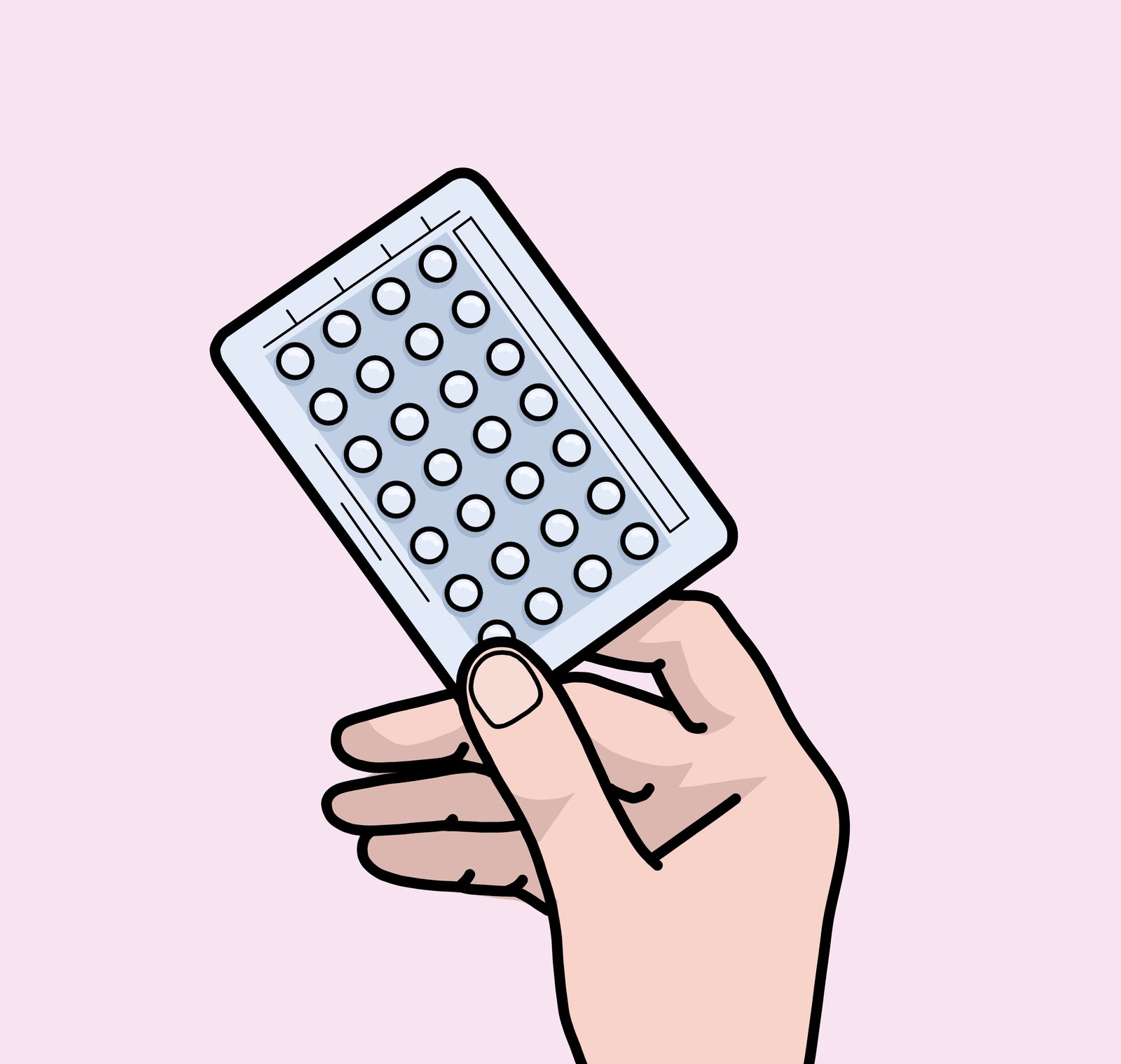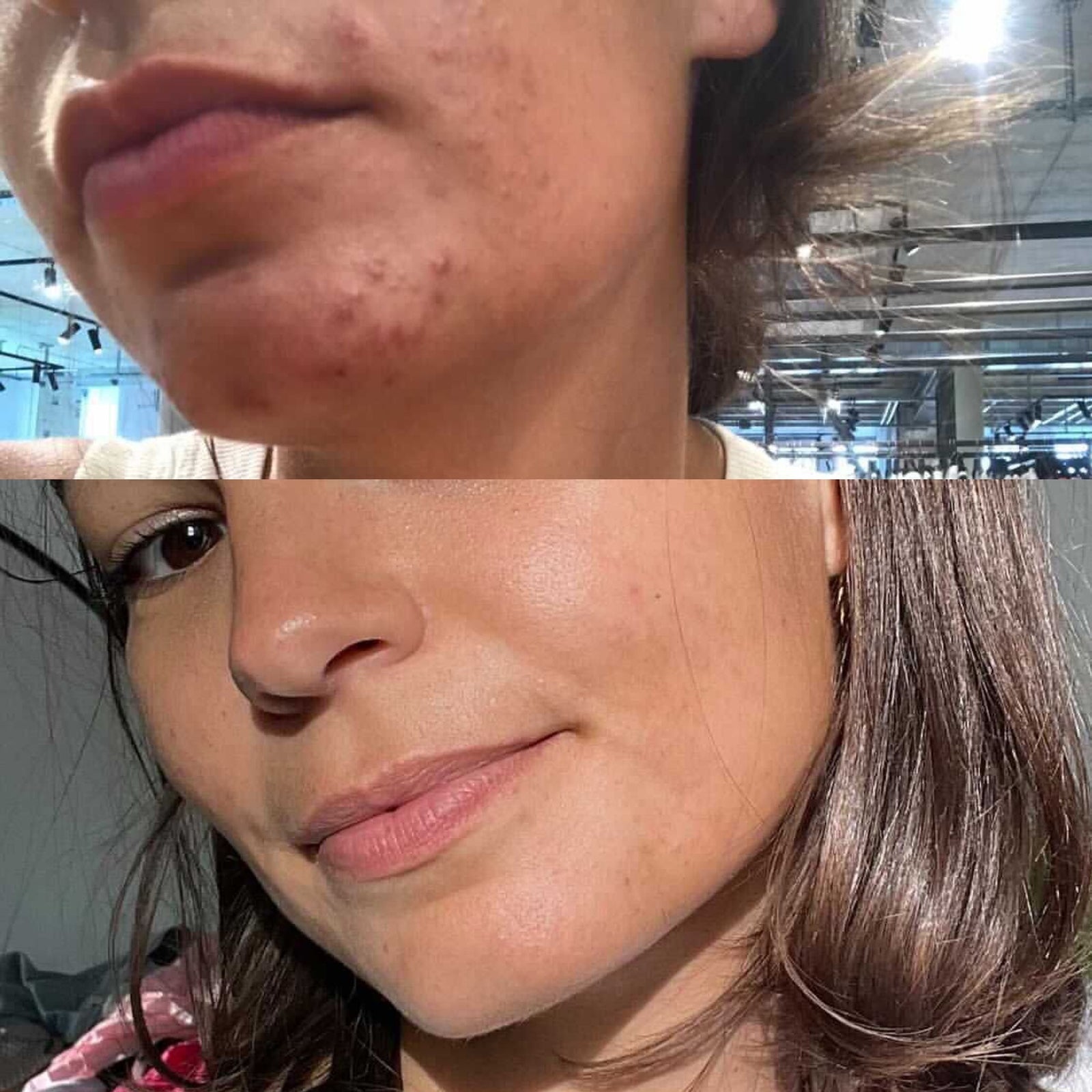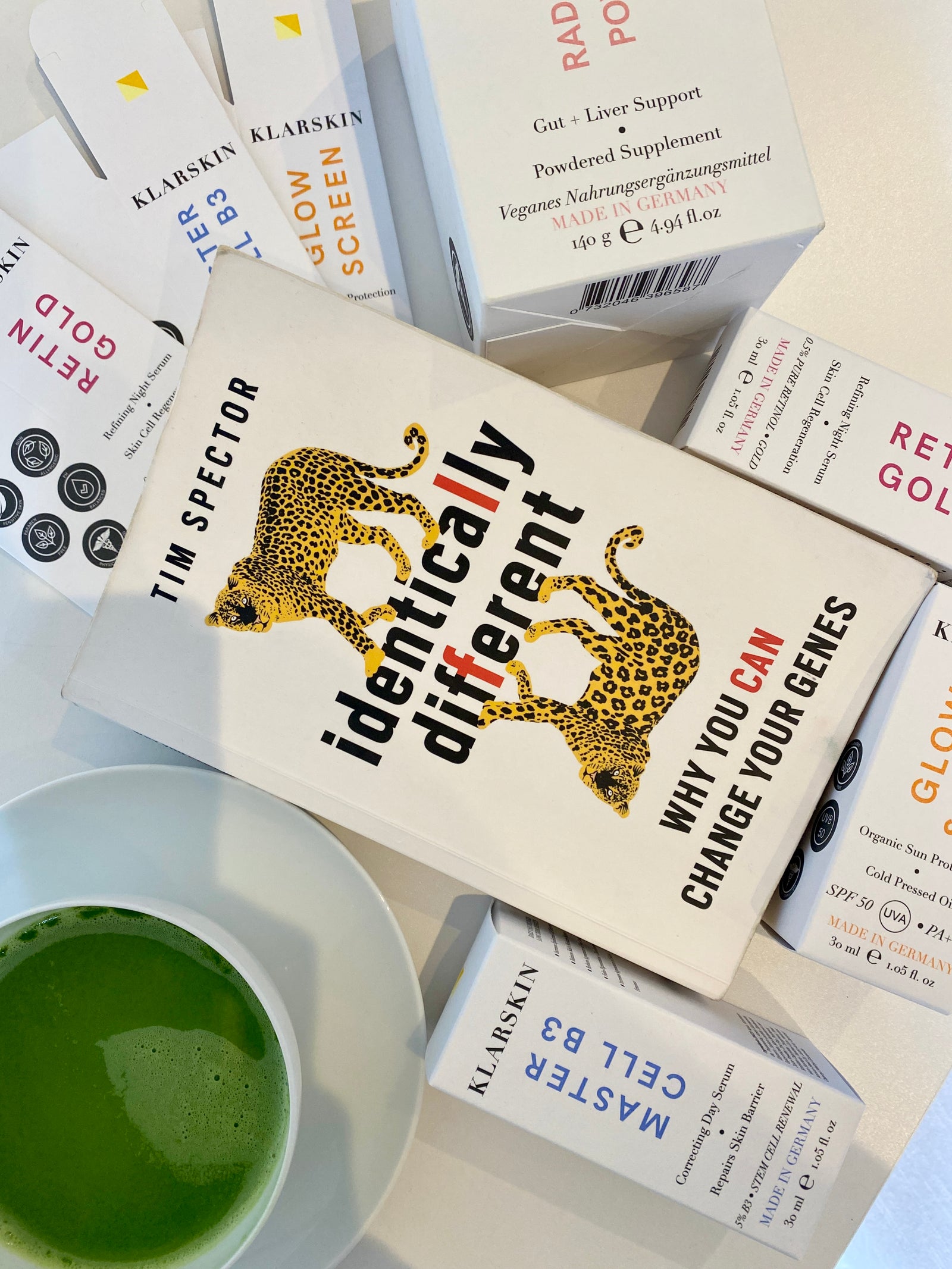THYROID DYSFUNCTION: MY EXPERIENCE WITH HYPOTHYROIDISM, AN UNDER-ACTIVE THYROID
The thyroid is often an under-appreciated or overlooked organ in the body. In spite of it being a small gland, it plays an important role and has immense consequences on our overall health. The thyroid gland is an organ that is located in the front of the neck, wrapped around the trachea (windpipe) and shaped like a butterfly.
Its purpose is to control and release thyroid hormones that control the body’s metabolism, which is essential for its energy production and consumption.
Dysfunction of the thyroid, also known as either an ‘underactive’ or ‘overactive’ thyroid, can affect both men and women, and affects the entire body. When the thyroid is not working properly it manifests this dysfunction through an array of symptoms including weight gain/ loss, exhaustion/ fatigue, brain-fog, depression, feeling cold or low body temperature, slow digestion or constipation, anxiety, hair-loss, dry skin and more.
What is rather confusing is that someone with either an underactive or overactive thyroid can experience any of these symptoms, making it hard to establish a clear diagnosis without further testing. Statistics have shown that although thyroid dysfunction presents itself in men, women are five to eight times likely to suffer from some form of it in their lifetime.
The root cause of thyroid dysfunction is notoriously hard to diagnose, treat. As a result, it remains severely underdiagnosed. Conventional tests typically look only at TSH levels, and do not dive deeper to identify early indicators, or when diagnosed, the root cause. This leaves many patients either undiagnosed or bound to synthetic hormones as their only avenue of therapy.
Looking at thyroid dysfunction in women, it has been observed that it tends to take place during severe hormonal fluctuations in a women’s life including pregnancy, postpartum, perimenopause and menopause.
The thyroid’s association with high levels of oestrogen has been labelled as a culprit of thyroid dysfunction, since oestrogen is known to affect the availability of free thyroid hormone in the body.
In addition, there are many other typical known causes for thyroid dysfunction. These include; iodine deficiency, autoimmune diseases (especially if you already have one), inflammation, nodules or non-cancerous lumps, cancerous tumours, certain medical treatments such as radiation therapy, thyroid surgery, certain medications, family history and some genetic disorders.
My personal experience with thyroid dysfunction began in November 2020.

Prior to being diagnosed, I rarely had my TSH levels monitored or my thyroid even be discussed as a potential area of concern during GP or Gynaecological visits. In the past, I had issues with hair loss, dry skin and fatigue, but these had all been blamed on my low iron and vitamin D levels.
When I went to my gynaecologist in November 2020, I also informed her that I had been trying to conceive and wanted to run some blood tests to make sure that my body was in a good balance from a blood work stand-point.
To my surprise, I received a phone call from her a few days later, informing me that whilst my blood values all came back fine, my TSH levels were borderline high, and that I should keep an eye on them. Three weeks later I decided to check my TSH levels again and they had soared up so high that my gynaecologist officially diagnosed me with hypothyroidism (an underactive thyroid), and said needed to start taking Levothyroxine immediately. I was quite taken aback.
However, with my personal medical background, I requested an additional blood test at a different time of day since the morning she had taken my blood, I had just completed a night shift at work and hadn’t had very much sleep. Lack of sleep, not very well known, can correlate with elevated TSH levels, sometimes just as a one off.
My TSH indeed came back slightly lower the second time. Since I was trying to get pregnant, it was still however, above safe levels and so I started on a low dose of levothyroxine. Typically, I would have preferred to first watchand-wait whilst making the lifestyle changes that could have reversed my underactive thyroid.
However, work demands at hospital made it challenging for me to add another to-do, to my already very full plate.
Just to set the scene a little, during 2020 I spent the entire year working in hospital through the pandemic. It was easily one of the hardest years for me mentally, physically, and emotionally. It really did not surprise that my thyroid ended up being so out of whack.
In order to rule out nodules or autoimmune sources I visited an endocrinologist, to have an ultra-sound and further blood tests done. All of these tests confirmed that my hypothyroidism was still in the safety zone. By safety zone I mean it was not due to nodules and not due to autoimmune causes.
I was pretty upset at first that I would have to take synthetic hormones but having seen other cases of patients and friends with underactive thyroids, I knew this was not a permanent state. I knew I would need to do my homework and be patient, and that there were many ways to regain balance in my thyroid. Four weeks after starting my thyroid medication, I felt a whole world more energetic!
In addition to taking my medication, I did my research and found tried to understand what triggers I needed to start to stabilise to slowly heal the root cause, alongside the medication. Not surprising for me the biggest factors were stress and sleep.
Despite stressful situations at work, I learnt to take a step back and not let myself get caught up in the heat of it. I made more time to sleep! Yes! Earlier nights and naps straight after work most certainly helped aid my imbalance.
I cut out caffeine completely which was tough, but quite literally saved my adrenals!
Finally, gluten, one that I have a love hate relationship with. I stick to an ‘almost’ gluten free diet. This certainly has helped reduce inflammation in my body, which is known to trigger the thyroid. But I haven’t fully cut it out, and definitely still indulge now and again.
Fast-forward to August 2021, I am now pregnant and had to increase my levothyroxine dosage towards the end of my first trimester. This is however quite normal though in pregnancy for women with or without prior thyroid dysfunction.
There are several things I have learnt, and have partially executed in my busy life to prep my body for when I am in my postpartum phase to be able to stabilise my thyroid levels fully again.
Medication is only one pillar in the treatment of thyroid dysfunction. Supplements, stress-management, nutritional tweaks, heavy metal elimination and balance of minerals in the body, are a few of the many avenues of treatment.
If you have been diagnosed with an underactive or overactive thyroid, it can feel incredibly overwhelming since there is so much information (and misinformation) out there.
I urge you to use this information to your benefit, and not to ignore the symptoms. Healing the thyroid is not a quick-fix, and although I initially used a quick-fix given my circumstances, I introduced the long-term changes gradually and ultimately managed to stabilise my thyroid levels…until my pregnancy.
The learning continues!













